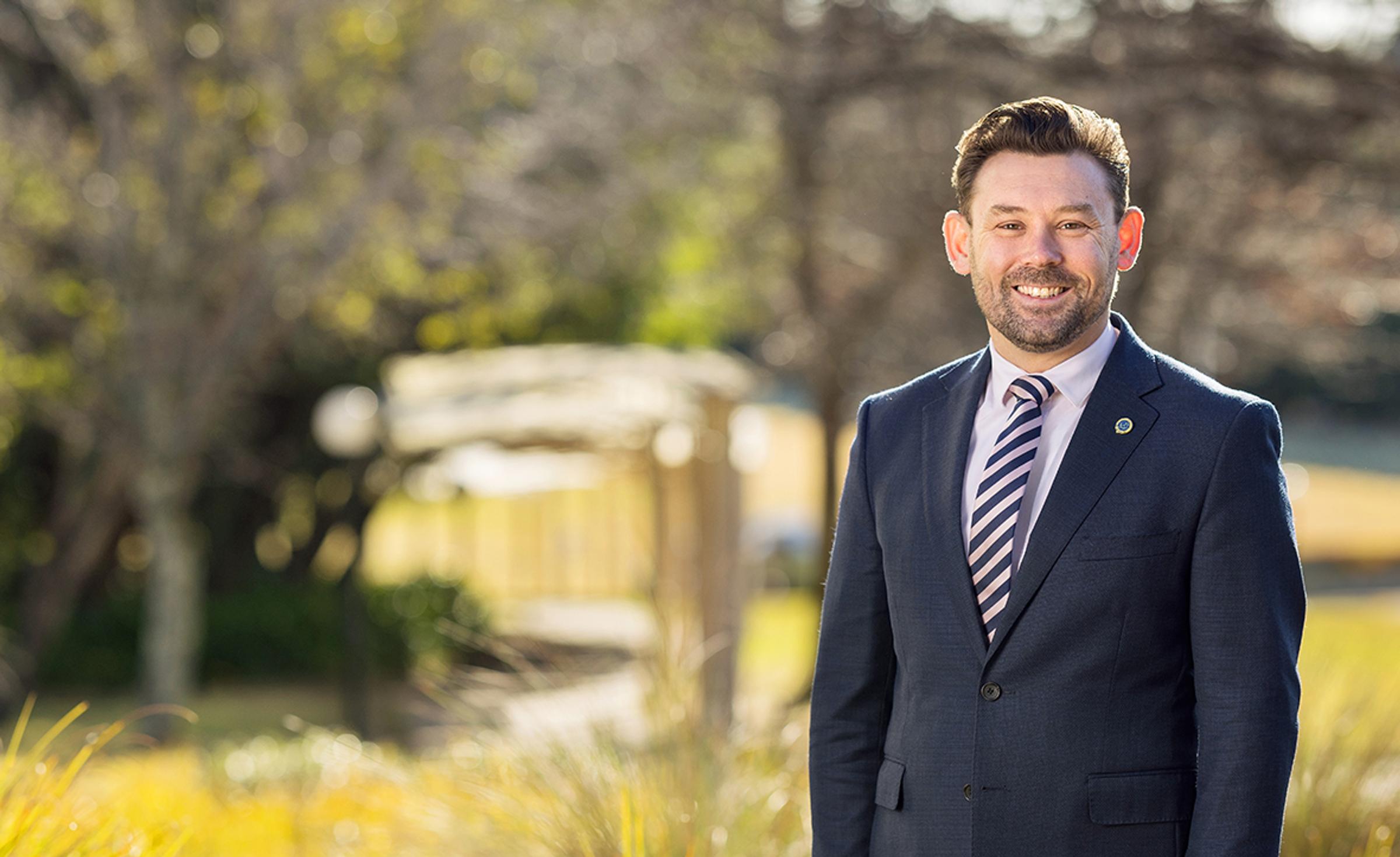From the Director of Innovative Pedagogies

Connected, Valued and Safe
This week I had the incredible opportunity to attend the world’s leading Conference on School Improvement, where I listened to some of the greatest minds in education from around the world discuss the future of teaching and learning. One of the most inspiring speakers was Professor Linda Darling-Hammond, a renowned researcher and advocate for effective teaching practices at Stanford University. Her keynote address focused on how students learn best, emphasising the critical role of relationships and emotional wellbeing in academic success.
Professor Darling-Hammond shared research that reinforces what many adults instinctively know: learning is not just an academic process - it is deeply social and emotional. She highlighted that a student’s ability to learn is enhanced by rich, inquiry-driven environments, meaningful social interaction, and strong emotional wellbeing. Conversely, it is significantly impaired by constant stress, loneliness, sleep disruption, and anxiety.
These findings have profound implications for schools. They suggest that beyond delivering high-quality instruction, we must also cultivate supportive learning environments where students feel connected, valued, and safe. The quality of relationships between students, teachers, and peers is a fundamental driver of student achievement. Strong, positive relationships can boost confidence, foster resilience, and inspire a love of learning. We do this in a lot of what at BMGS. We do it in the Junior School through our wellbeing programs, classroom interactions, curated experiences and our language of learning. In the Senior School we see it in our tutor programs, the relationships between staff and students and the way teachers finely tune their craft to the needs of each student.
One of the most thought-provoking discussions was around students’ perceptions of their own ability. Research shows that how students see themselves as learners has a powerful impact on their performance. When students believe they are capable and supported, they are more likely to persist through challenges, engage deeply with their learning, and develop essential problem-solving skills. On the other hand, students who feel disconnected or doubt their abilities may struggle, regardless of their actual potential.
This insight is a call to action for us to see academic excellence as a result of outstanding classroom practice and learning environments that cater to the social and emotional aspects of learning. It is crucial that we create environments where every student feels a strong sense of belonging and support. Teachers play a key role in this by fostering classroom cultures that celebrate effort, encourage collaboration, and help students reframe mistakes as opportunities for growth.
Ultimately, learning is not just about absorbing information. It is a social, emotional, and academic journey. As a school, we must ensure that every student is given the best possible foundation for success, one that includes not just high-quality teaching but also the relationships and emotional support they need to flourish.
Hearing from world-leading experts like Professor Darling-Hammond reinforces our commitment to continuously improving the way we support our students. Together, as educators, parents, and a school community, we can create learning environments where every student feels empowered to reach their full potential.
Christopher Sanders
Director of Innovative Pedagogies
